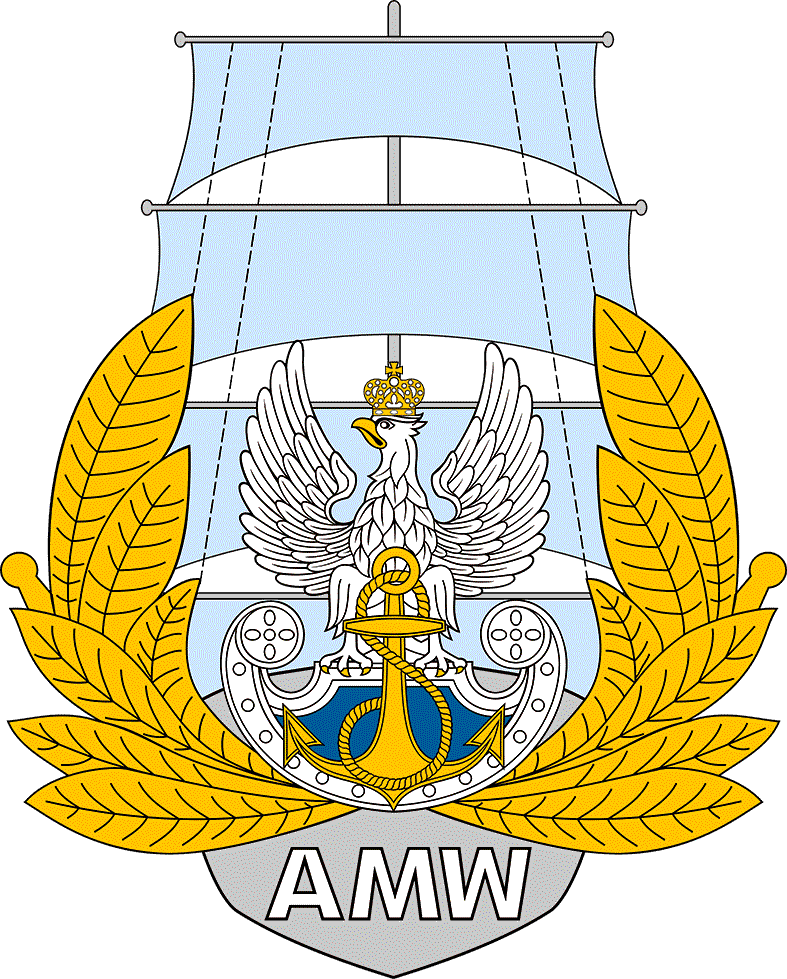Children and dogs in the interspecies encounters
DOI:
https://doi.org/10.34813/27coll2023Keywords:
children, dogs, interspecies encounters, decoming, relationshipsAbstract
The article attempts to use the concept of interspecies meetings as a framework for interpreting the results of empirical research on the issues of relationships between children and dogs. The empirical studies included 75 children aged 8–10 years and 77 dogs. The research was carried out in 2020–2021. The basic research units were the observed cultural practices of children in their living environment and narratives focused on the presence of dogs and their importance as companions of children's everyday life.
Research problems have the following formula: 1) What cultural practices are observed in the child–dog relationship?; 2) What meanings are given to practices in human-animal relationships by chil- dren?; 3) How do children categorize (name) the essence of the bond between them and the dog?
From the interpretative point of view, important are selected elements of Darwin’s theory related to the category of becoming understood as the mutual transformation of forms.
References
Aviva, V., Mamzer, H., Zenithson, N., Farkas, K. J. (2020). People and their Pets in the Times of the COVID-19 Pandemic. Society Register, 4, 111–128.
Barcz, A., Dąbrowska, M. (2014). Zwięrzęta, gender, kultura. Perspektywa ekologiczna, etyczna i krytyczna. e-naukowiec.
Braidotti, R. (2014). Po człowieku. Wydawnictwo Naukowe PWN.
Bryant, B. K. (1990). The richness of the child–pet relationship: A consideration of both benefits and costs of pets to children. Anthrozoös, 3, 253–261.
Chutorański, M. (2020). Nie(tylko) ludzkie wymiary edukacji. W stronę pedagogiki nieantropocentrycznej. Wydawnictwo Uniwersytetu Szczecińskiego.
COVID-19. Jak dotknął opiekunów psów – raport 2021 (b.d.). Psy.pl
Daly, B., Morton, L.L. (2003). Children with pets do not show higher empathy: A challenge to current views. Anthrozoös, 16, 298–314.
Darwin, C. (2009). O pochodzeniu człowieka. Biblioteka Analiz.
Grosz, E. (2011). Becoming Undone. Darwinian Reflections on Life, Politics and Art. Duke University Press.
Haraway, D. (2007). When Species Meet. University of Minnesota Press.
Kehily, M. J. (2008). Wprowadzenie do badań nad dzieciństwem. Wydawnictwo WAM. Klus-Stańska, D. (2009). Odmiany dyskursów wczesnej edukacji. W: D. Klus-Stańska,
M. Szczepska-Pustkowska (red.), Pedagogika wczesnoszkolna – dyskursy, problemy, rozwiązania (s. 46–74). Wydawnictwa Akademickie i Profesjonalne.
Konecki, K. (2005). Ludzie i ich zwierzęta. Interakcjonistyczno-symboliczna analiza społecznenego świata właścicieli zwierząt domowych. Wydawnictwo Naukowe „Scholar”. Kowalik-Olubińska, M. (2023). Posthumanistyczna pedagogia wspólnych światów dzieci i zwierząt: od niezależności do relacyjności. NOWIS, 2(17), 58–70.
Lorenz, K. (2013). I tak człowiek trafił na psa. Wydawnictwo W.A.B.
Makowska, A (2022). Lekcje z posthumanistyki: rzeczy i niepełnosprawność. Niepełnosprawność i Rehabilitacja, 88(4), 55–64.
Mamzer, H. (2015). Posthumanizm we współczesnych modelach rodziny: zwierzęta jako członkowie rodziny? W: I. Taranowicz, S. Grotowska (red.), Rodzina wobec wyzwań współczesności. Wybrane problemy (S. 151–176). Oficyna Wydawnicza „Arboretum”.
Melson, G. F. (1990). Studying children’s attachment to their pets: A conceptual and methodological review. Anthrozoos, 4, 91–99.
Melson, G.F., Peet, S. Sparks, C. (1991). Children's attachment to their pets: Links to socio- emotional development. Children's Environments Quarterly, 8, 55–65.
Męczkowska-Christiansen, A. (2010). Dyskursy dzieciństwa a polityka. Pomiędzy wykluczeniem a obywatelskim uczestnictwem. Problemy Wczesnej Edukacji, 12, 25–38.
Morrow, V. (1998). My animals and other family: Children’s perspectives on their relationships with companion animals. Anthrozoos, 11, 218–226.
Nalaskowski, A. (2006). Dzikość́ i zdziczenie jako kontekst edukacji. Oficyna Wydawnicza „Impuls”.
Obrycka, M. (2020). W stronę posthumanizmu. O wychowaniu do humanitaryzmu międzygatunkowego. Wydawnictwo „Adam Marszałek”.
Ohmer, M., Coulton, C., Freedman, D., Sobeck, J., Booth, J. (2018). Measures for Community and Neighborhood. Sage.
Owen, C. G., Nightingale, C. M., Rudnicka, A. R., Ekelund, U., McMinn, A. M., van Sluijs, E. F., Whincup, P. H. (2010). Family dog ownership and levels of physical activity in child- hood: Findings from the Child Heart and Health Study in England. American Journal of Public Health, 100, 1669–1671.
Packer, R., Brand, C., Belshaw, Z., Pegram, C., Stevens, K., O’Neill, D. (2021). Pandemic Pup- pies: Characterising motivations and behaviours of UK owners who purchased puppies dur- ing the 2020 COVID-19 pandemic. Animals, 11, 2500.
Paul, E. S., Serpell, J. A. (1996). Obtaining a new pet dog: Effects on middle childhood children and their families. Applied Animal Behaviour Science, 47, 17–29.
Posłuszny, Ł., Kubicki, P., Olcoń-Kubicka, M., Felczak, J. (2020). Społeczny obraz życia codziennego na wsi w pamiętnikach z czasu koronawirusa. Wieś i Rolnictwo, 3, 183–203. Pręgowski, M., Włodarczyk, J. (2014). Pies też człowiek? Relacje ludzi i psów we współczesnej Polsce. Wydawnictwo Naukowe Katedra.
Stanny, M. (2014). Wieś, obszar wiejski, ludność́ wiejska – o problemach z ich definiowaniem. Wielowymiarowe spojrzenie. Wieś i Rolnictwo, 1, 123–138.
Sulima, R. (2014). Społeczne wyobrażenia wsi na przełomie XX i XXI wieku. Wieś i Rolnictwo, 2, 57–63.
Śpiewak, R. (2012). Definiowanie kategorii „wieś́” na początku XXI wieku, czyli o kłopotach badacza obszarów wiejskich, Wieś i Rolnictwo, 3, 30–45.
Środa, M. (2020). Obcy, inny, wykluczony, Gdańsk: Wydawnictwo słowo/obraz terytoria. Wojtków, A. (2014). Strach ma cztery łapy. O kynofobii. W: M. Pęgowski, J. Włodarczyk (red.),
Pies też człowiek? Relacje ludzi i psów we współczesnej Polsce (s. 257–300). Wydawnictwo Naukowe Katedra.
Zwierkowska, D., Adamczyk, K. (2022). Antropomorfizacja zwierząt – dylemat współczesnych relacji człowiek–zwierzę. Przegląd Hodowlany, 1, 25–29.
Downloads
Published
Issue
Section
License
Copyright (c) 2023 Lucyna Kopciewicz

This work is licensed under a Creative Commons Attribution-NonCommercial-NoDerivatives 4.0 International License.






